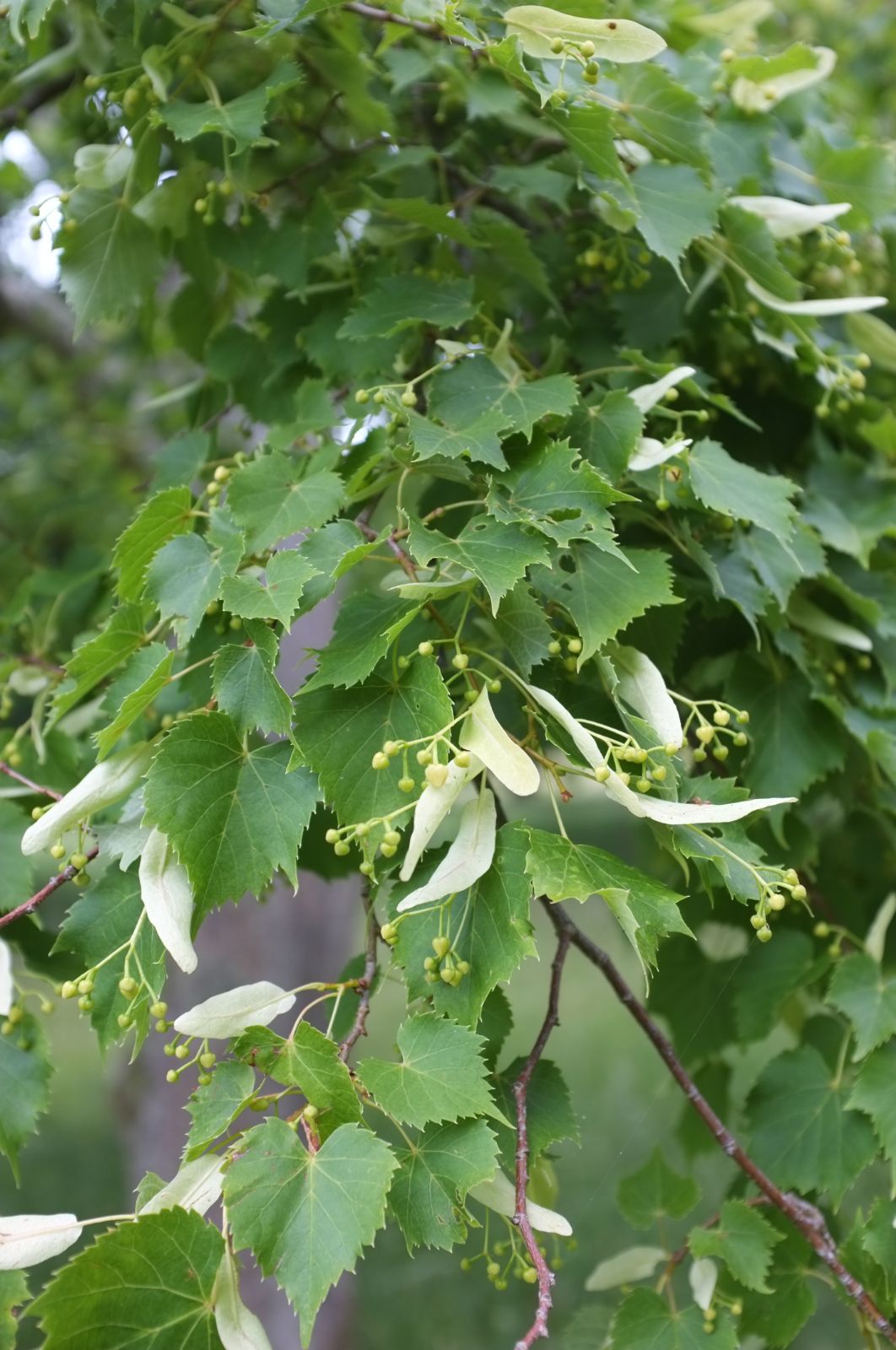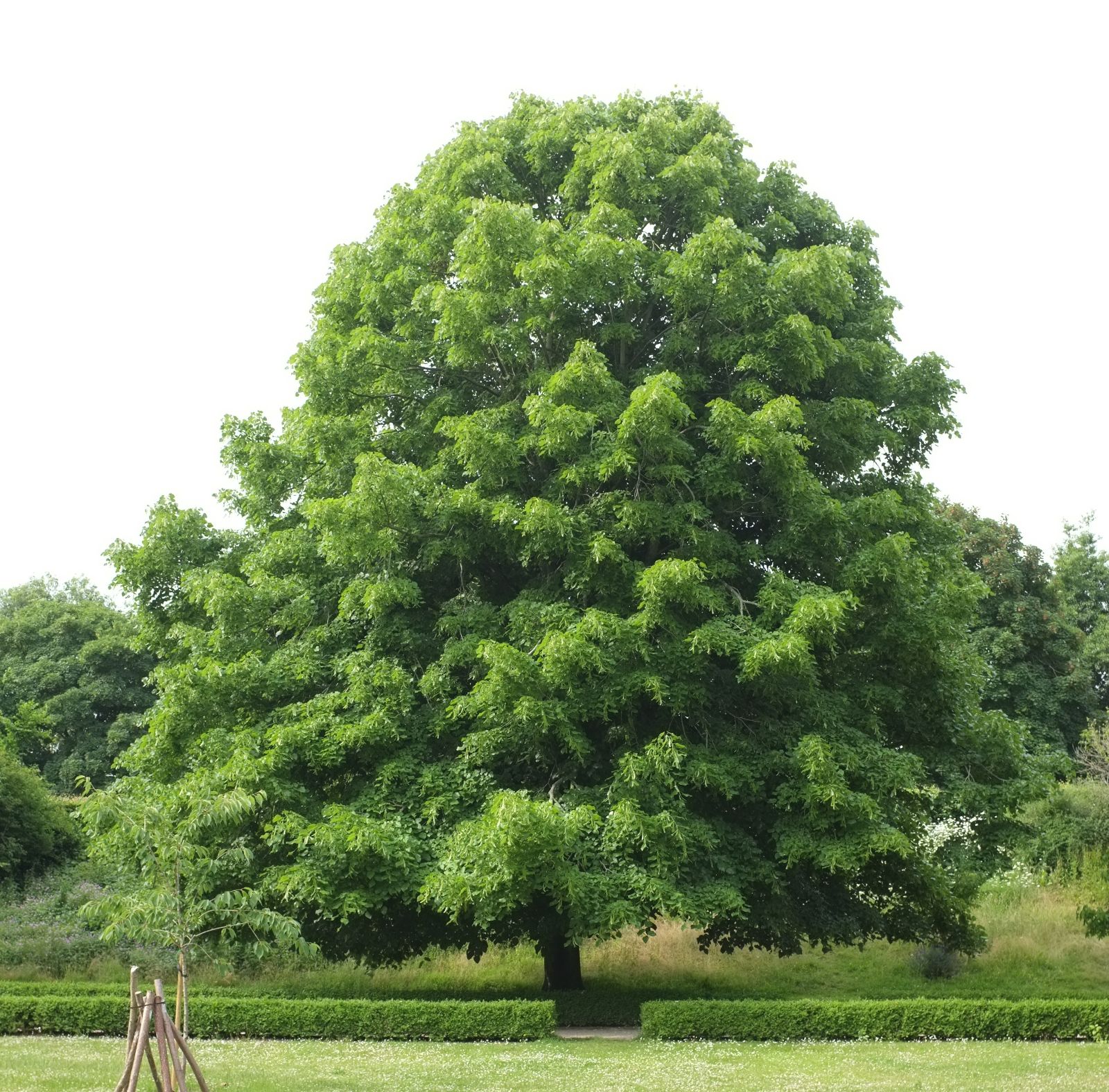Tilia Hanwell Hybrids
Sponsor
Kindly sponsored by
a member of the International Dendrology Society
Credits
Owen Johnson & Julian Sutton (2020)
Recommended citation
Johnson, O. & Sutton, J. (2020), 'Tilia Hanwell Hybrids' from the website Trees and Shrubs Online (treesandshrubsonline.
Genus
Infraspecifics
Other taxa in genus
- Tilia americana
- Tilia amurensis
- Tilia callidonta
- Tilia chinensis
- Tilia chingiana
- Tilia concinna
- Tilia cordata
- Tilia dasystyla
- Tilia endochrysea
- Tilia × euchlora
- Tilia × europaea
- Tilia × flaccida
- Tilia × flavescens
- Tilia 'Harold Hillier'
- Tilia 'Harvest Gold'
- Tilia × haynaldiana
- Tilia henryana
- Tilia japonica
- Tilia × juranyana
- Tilia kiusiana
- Tilia mandshurica
- Tilia maximowicziana
- Tilia miqueliana
- Tilia mongolica
- Tilia nobilis
- Tilia × noziricola
- Tilia oliveri
- Tilia paucicostata
- Tilia platyphyllos
- Tilia tomentosa
- Tilia tuan
- Tilia 'Westonbirt Dainty'
This is a group of open pollinated seedlings raised by dendrologist Nigel Muir in the early 1970s, in Hanwell, West London. Many were planted out at the Stoop Memorial Rugby Ground, Twickenham (Muir 1996); other locations include Muir’s own small arboretum at Ivy Lake next to the Chichester bypass, West Sussex. The arboretum is nominally open to the public, but can only practicably be reached during times of low traffic flow, and it is threatened by gravel extraction proposals.
The following selections have been named. Few of these have had significant distribution; some appear never to have been propagated and two are presumed extinct. No published descriptions are available for many. Only one (‘Harold Hillier’) has been more widely distributed and is available commercially.
'Alan Mitchell'
One of the prettiest of the Hanwell Hybrids, ‘Alan Mitchell’ is a hybrid of T. mongolica with presumably T. tomentosa. It combines the dainty habit and interestingly lobed leaves of the Asian species with the more robust growth and richly scented flowers of the European parent. Muir considered it especially vigorous when young; it had flowered poorly and sporadically to 1995 (Muir 1996). The original tree at St Roche’s Arboretum, West Dean, West Sussex, had reached 9 m, dbh 32 cm by 2010 (Tree Register 2018). Muir distributed specimens propagated by layering to Peasmarsh Place, East Sussex, and Castle Howard, Yorkshire (where it did not survive long, J. Grimshaw, pers. comm 2020) (Muir 1996). There is a fine specimen at Birr Castle in Ireland, 11 m, dbh 22 cm in autumn 2019 (T. Christian, pers. comm. 2020). The cultivar name honours the forester whose lifetime accumulation of over 100,000 measurements of notable trees in Britain and Ireland became the basis of the Tree Register. It has very occasionally been offered commercially in Britain.
'Alison Rosse'
Raised from seed of T. cordata pollinated presumably by T. mongolica. The original tree was planted by Muir in his Chichester arboretum. Slightly hemmed in, it had reached 6 m, dbh 16 cm by 2009 (Tree Register 2018), suggesting that this hybrid has rather low vigour. Muir named it after Alison, Countess of Rosse, whose home at Birr Castle in Co. Offaly, includes one of the most important tree collections in Ireland. A specimen there, planted next to a tree of ‘Alan Mitchell’, was c. 5 m in autumn 2019 (T. Christian, pers. comm. 2020). It has not been commercially distributed.
'Blue Star'
A hybrid of Tilia mongolica, the father is presumed to have been T. japonica ‘Ernest Wilson’, the same putative parentage as ‘Harold Hillier’ and ‘New Millennium’. The original tree, planted by Muir in his Chichester arboretum, was 10 m, dbh 22 cm in 2009 (The Tree Register 2018). A similar tree, planted as a gift from Muir in 1991 in the National Collection at Peasmarsh Place in East Sussex, labelled as this hybrid though not as this clone, was 13 m, dbh 29 cm in 2018 (Tree Register 2018), and combines the dainty and floriferous qualities of its parents. It has not become commercially available.
'Hanwell'
A vigorously growing seedling of Tilia mongolica; the pollen parent was assumed to be the usually sterile T. × euchlora. The original tree is one of several champion trees located in splendidly unexpected places, on a trading estate in Chichester, West Sussex, at the junction of Quarry Lane and Spur Road (11 m, dbh 37 cm in 2011 – Tree Register 2018). The clone has also grown well in the National Collection at Peasmarsh Place in East Sussex, planted in 1993 and reaching 14 m, dbh 32 cm by 2018. It has been offered commercially in Britain in a small way.
'Harold Hillier'
An elegant, vigorous hybrid of Tilia japonica ‘Ernest Wilson’, probably with T. mongolica, this is the only Hanwell Hybrid to have had a significant distribution, going back to 1991. With a narrow, conical habit, shallowly three-lobed leaves, bright yellow autumn colour, and seeming not to support problematic aphid populations (Bluebell Arboretum and Nursery 2020), it has potential as a street tree. A specimen at the Sir Harold Hillier Gardens, Hampshire, had reached 17 m, dbh 43 cm by 2017 (Tree Register 2018). It has proved hardy in Berlin to –20°C (Jablonski & Plietzsch 2014). (‘Blue Star’ and ‘New Millennium’ are believed to derive from the same cross and share comparable ornamental features.)
'Janley'
A hybrid seedling of T. mongolica, presumably with T. cordata as the male parent. This, if correct, is the same parentage as ‘Harvest Gold’. A herbarium specimen is held at the Sir Harold Hillier Gardens, Hampshire, but no trees are known to survive.
'New Millennium'
Assumed to be of the same parentage as ‘Harold Hillier’ and ‘Blue Star’ (Tilia japonica ‘Ernest Wilson’ pollinated by T. mongolica), this makes a neat tree intermediate in foliage features between its parents. One original tree at the Oxford University Parks (13 m, dbh 36 cm in 2014) survives in 2018; another in the St Roche’s Arboretum, West Dean, West Sussex was 10 m, dbh 25 cm in 2010 (Tree Register 2018).
'Nigel Muir'
This is an informal name, which has been applied to a presumed hybrid between T. maximowicziana and T. japonica ‘Ernest Wilson’. If this is the correct parentage, it would be referable to T. × noziricola. One of the most attractive Hanwell Hybrids, it combines the abundant flowers of ‘Ernest Wilson’ with the pale, felted underleaf of T. maximowicziana. The original tree in the National Collection at Peasmarsh Place, East Sussex, planted in 1991, was 13 m, dbh 34 cm in 2018 (Tree Register 2018). It is planned for this clone to be propagated by Pan-Global Plants, and distributed under this name (N. Macer, pers. comm. 2020).
'Palace Garden'
Apparently the most vigorous of the Hanwell Hybrids, ‘Palace Garden’ is a seedling from Tilia oliveri pollinated either by T. platyphyllos or T. americana. It is a handsome, very leafy tree, which resembles the downiest forms of Basswood. The original (and only?) tree is planted in the public half of the Bishop’s Palace Garden in Chichester, West Sussex (18 m, dbh 61 cm in 2018 – Tree Register 2018).
'Peasmarsh Filigree'
A seedling of Tilia oliveri, probably pollinated by T. mongolica, ‘Peasmarsh Filigree’ combines something of the brightly felted leaf and floral bract of Oliver’s Lime with the leaf-shape of Mongolian Lime. The original (and only?) tree, planted at Peasmarsh Place, East Sussex in 1986, has grown disappointingly slowly to 5 m, dbh 19 cm by 2018, and maintains a narrow habit (Tree Register 2018).
'Tammy Girl'
A seedling of Tilia mongolica, probably pollinated by T. platyphyllos. The original was planted at Muir’s Chichester arboretum but has been lost; the clone is probably now extinct.






